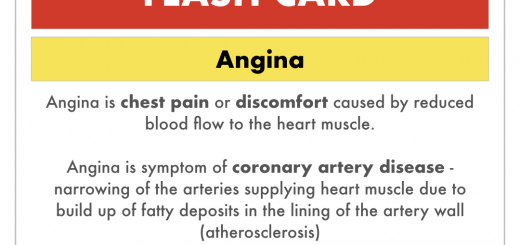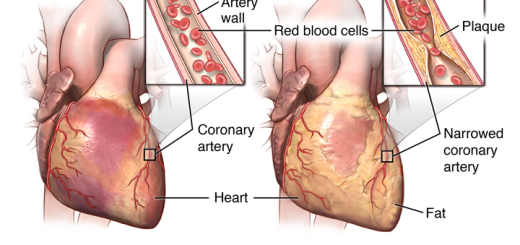How do Bronchodilators work in an asthma attack?
Bronchodilators open up constricted airways by relaxing the smooth muscle that lines the airway. It does this mainly by stimulating beta-adrenergic receptors on the smooth muscle. (A drug that stimulates a receptor is called an “agonist”.) Adrenergic receptors are present throughout the body and are associated with many physiological activities, including dilating the airways. The normal substances in the body that activate these receptors are adrenalin (or epinephrine) and noradrenaline (norepinephrine).
There are two main types of beta-adrenergic receptors, beta-1 and beta-2. Most of the drugs that are used to dilate the airways stimulate type 2 beta-adrenergic receptors. Beta type 1 adrenergic receptors predominate in the heart and if a drug stimulates these receptors it can cause the heart to speed up. Although oral tablet forms of bronchodilators exist, many people use only the inhaler or aerosol form because they cause fewer side effects. Using the inhaled forms of these drugs delivers the drug to just the organ of interest (the lungs) and little makes it to the rest of the body where it could cause unwanted effects.
A few people, however, are unable to use the inhalers because the aerosol itself can cause some irritation and increase coughing. This is not a common problem. To get the full benefit of an inhaler, a person should be instructed by medical personnel in its proper use. In emergency treatment of asthma, injectable forms of beta-adrenergic agonists are commonly used.
The beta-adrenergic agonist inhalers usually begin working within approximately 5 minutes. If the inhaler does not provide sufficient relief within a short period of time, emergency treatment should be sought. Serious problems can occur when people overuse their inhaler and/or delay receiving emergency treatment.
Some frequently used inhalers are albuterol (Proventil®, Ventolin™ , Glaxo Welcome), metaproterenol (Alupent®), and terbutaline (Brethaire®). When inhalers are used as recommended, there are relatively few side effects, which include heart palpitations or abnormal rhythms, tremors, nervousness, nausea and excitation. Rinsing the mouth after use of the inhaler helps decrease the incidence of side effects.
The rescue inhalers usually last from 4 to 6 hours. There are several beta-adrenergic agonists available that last up to 12 hours, but these are not used as rescue drugs. They are used on a routine basis to help prevent an attack from occurring. One of these is salmeterol xinafoate (Servent®).





